Bigshek73 - Untitled


More Posts from Bigshek73 and Others
Chuuch
Integration Was Never Where It Was At For Our People; We Want Liberation!


Chloe Bailey & Halle Bailey attend the 94th Annual Academy Awards at Hollywood and Highland on March 27, 2022 in Hollywood, California.
Dope
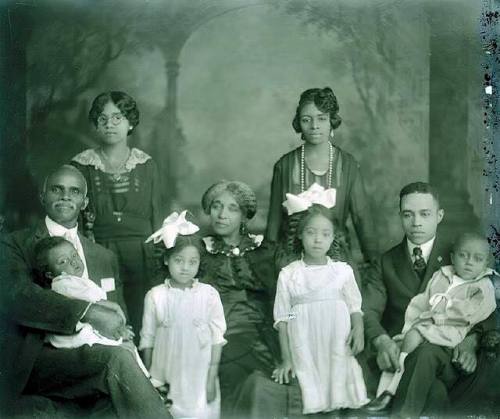
This picture is 140 years old.

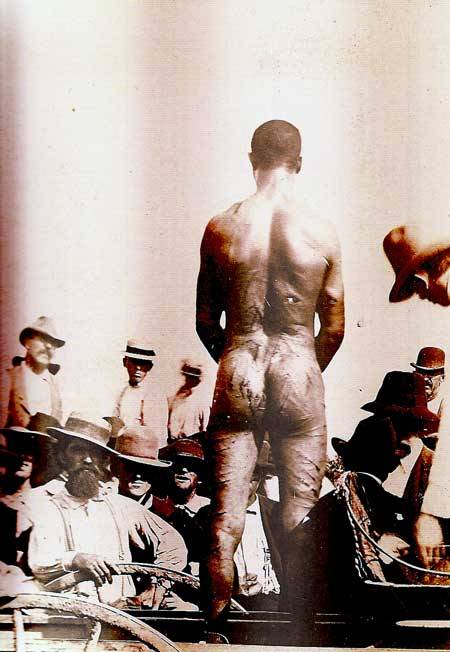
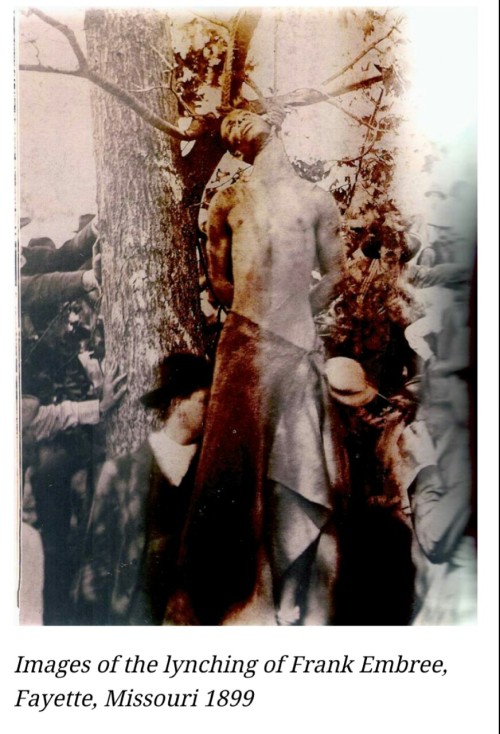
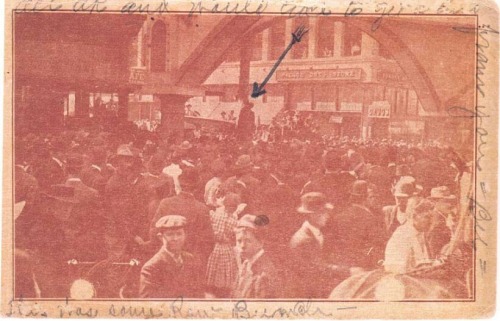


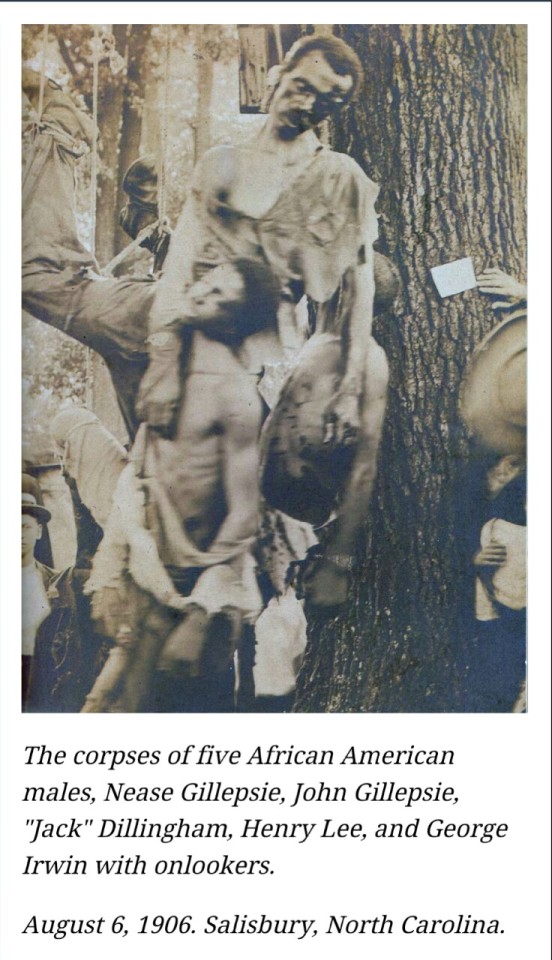

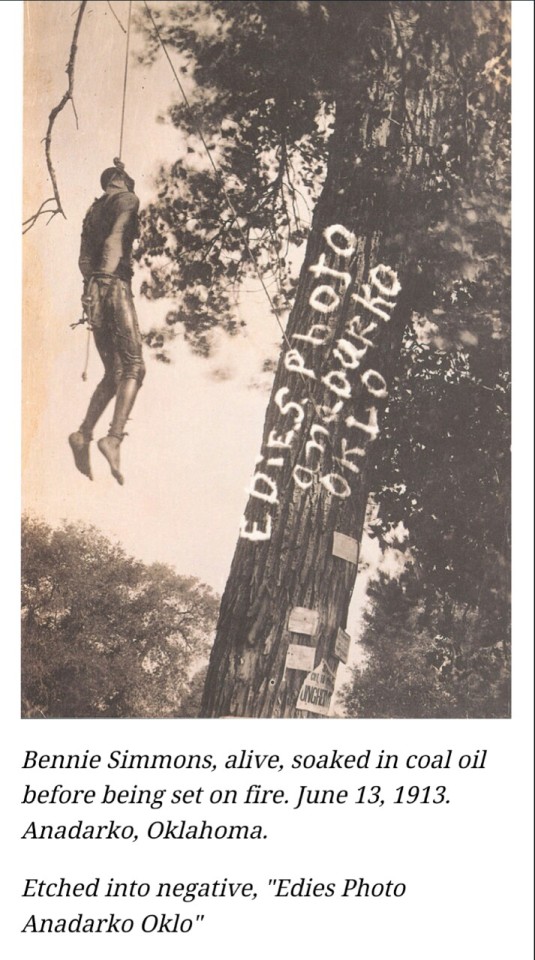

American Terrorism… Lynching Postcards
Terrorism is defined as “the use of violence and intimidation in the pursuit of political aims.” Western media likes to paint terrorists with a brown face, but one of the most horrific campaigns of terror happened in the past century on American soil – the estimated 3,436 lynchings of black American men and women between 1882 and 1950, intended to control and intimidate the recently freed black population. There is nothing more disturbing than being confronted with visual evidence of humanity’s dark heart, especially when it is evidence of a widespread, mainstream hatred for and violence towards one another. Hatred that stems from fear, and is driven by religion and a belief that murder is morality made distorted flesh; violence that aims to cow and suppress any aspirations a community might have for equality and a brighter future.
When I came across this collection of American postcards from James Allen and John Littlefield, published in a book entitled Without Sanctuary, I saw how important it is to look at these images, today more than ever. These postcards were made to commemorate events that made many American white people feel proud – of their race, of their superiority, of their civilization and their intelligence. They took photos of their disgusting, cowardly accomplishments and memorialized them for future generations, to be found and collected and remembered by their descendents. On the backs, they wrote to friends and family in sociopathic excitement about the mob the participated in. These postcards capture the mobs witnessing with glee the murder of young men and women, whose most serious crime was the color of their skin. The corpses hanging and charred in these postcards lived in a world that counted down the days until their murder from the second they drew air into their infant lungs. This history is potent, stomach-churning and of essential importance to the America of today, and to the world of today. And the most striking thing about these photographs is that they don’t erase the perpetrators like many histories and memorials do today, preferring to focus on who was victimized rather than on those who proudly – and with government backing – tortured, raped and murdered people. The murderers in these photos stand proud, grown men looking at the camera with the smiling conviction that the teenage boy they just killed, one against a hundred, was deserving of their hatred, fear and frustration. No grand jury needed; the law was in the hands of the murderers.
History is not linear; history is happening all around us, all the time. These photos are context, they are reality, they are pictures of American terrorism. Read James Allen’s commentary below and be aware that these photos are sickening, and all too real.
Africans in America mounted resistance to white people lynchings in numerous ways. Intellectuals and journalists encouraged public education, actively protesting and lobbying against lynch mob violence and government complicity in that violence. The National Association for the Advancement of Colored People (NAACP), as well as numerous other organizations, organized support from white and black Americans alike and conducted a national campaign to get a federal anti-lynching law passed. African American women’s clubs raised funds to support the work of public campaigns, including anti-lynching plays. Their petition drives, letter campaigns, meetings and demonstrations helped to highlight the issues and combat lynching.[4] In the Great Migration, extending in two waves from 1910 to 1970, 6.5 million African Americans left the South, primarily for destinations in northern and mid-western cities, both to gain better jobs and education and to escape the high rate of violence.
From 1882 to 1968, “…nearly 200 anti-lynching bills were introduced in Congress, and three passed the House. Seven presidents between 1890 and 1952 petitioned Congress to pass a federal law.”[5] In 1920 theRepublican Party promised at its national convention to support passage of such a law. In 1921 Leonidas C. Dyer from Saint Louissponsored an anti-lynching bill; it was passed in January 1922 in the United States House of Representatives, but a Senate filibuster by the Southern white Democratic block defeated it in December 1922. With the NAACP, Representative Dyer spoke across the country in support of his bill in 1923 and tried to gain passage that year and the next, but was defeated by the Southern Democratic block.
BBALL JONES...NEXT TO BLOW..DOWN SOUTH NIGGA WIT LYRICS...MUTHAFUCKA CAN U BUY DAT!!!!!




#RAIDERNATION




Pam Grier poses for a photos in Los Angeles on December 19, 1973.
Photos by Michael Ochs Archive
Dope Shit...Big Griff
-
 dragoncore2069 reblogged this · 1 year ago
dragoncore2069 reblogged this · 1 year ago -
 lgluvsu2 liked this · 2 years ago
lgluvsu2 liked this · 2 years ago -
 lovellerah liked this · 2 years ago
lovellerah liked this · 2 years ago -
 seeme64 liked this · 2 years ago
seeme64 liked this · 2 years ago -
 seeker74 liked this · 3 years ago
seeker74 liked this · 3 years ago -
 nbabooty liked this · 3 years ago
nbabooty liked this · 3 years ago -
 itsfi liked this · 3 years ago
itsfi liked this · 3 years ago -
 tavio24-blog liked this · 3 years ago
tavio24-blog liked this · 3 years ago -
 uncle-tom-tehuti reblogged this · 3 years ago
uncle-tom-tehuti reblogged this · 3 years ago -
 uncle-tom-tehuti liked this · 3 years ago
uncle-tom-tehuti liked this · 3 years ago -
 onyxninjaoflove liked this · 3 years ago
onyxninjaoflove liked this · 3 years ago -
 mays1 liked this · 3 years ago
mays1 liked this · 3 years ago -
 24playchef reblogged this · 3 years ago
24playchef reblogged this · 3 years ago -
 24playchef liked this · 3 years ago
24playchef liked this · 3 years ago -
 rudeboi191 liked this · 3 years ago
rudeboi191 liked this · 3 years ago -
 yungmoney323 liked this · 3 years ago
yungmoney323 liked this · 3 years ago -
 mikenekeda liked this · 3 years ago
mikenekeda liked this · 3 years ago -
 massiveturtlebanditartisan liked this · 3 years ago
massiveturtlebanditartisan liked this · 3 years ago -
 bmsstanding liked this · 3 years ago
bmsstanding liked this · 3 years ago -
 glydescope89 liked this · 3 years ago
glydescope89 liked this · 3 years ago -
 bigdaddy-cleve75 liked this · 3 years ago
bigdaddy-cleve75 liked this · 3 years ago -
 theweilderoffire liked this · 3 years ago
theweilderoffire liked this · 3 years ago -
 1-monk liked this · 3 years ago
1-monk liked this · 3 years ago -
 robbyjay11 liked this · 3 years ago
robbyjay11 liked this · 3 years ago -
 luckgodd liked this · 3 years ago
luckgodd liked this · 3 years ago -
 haze1937 liked this · 3 years ago
haze1937 liked this · 3 years ago -
 pofox76badurasgpl liked this · 3 years ago
pofox76badurasgpl liked this · 3 years ago -
 babyhuey49 liked this · 3 years ago
babyhuey49 liked this · 3 years ago -
 ghettogangsta20 reblogged this · 3 years ago
ghettogangsta20 reblogged this · 3 years ago -
 ghettogangsta20 liked this · 3 years ago
ghettogangsta20 liked this · 3 years ago -
 qwiddit liked this · 3 years ago
qwiddit liked this · 3 years ago -
 vernacular79 liked this · 3 years ago
vernacular79 liked this · 3 years ago